At face value, the 2018 film ‘The Grizzlies’ gives you the impression of being a standard Canadian high school sports drama. There is a bunch of teens intensely engaging in the sport of lacrosse and fighting adversity together. But on deeper inspection, it stands out as a heartwarming yet relatable tale narrated through the power of raw emotion and unwavering optimism. The realistic outlook that the movie adopts makes us look into its origin. Does the movie have real-life credibility? Let’s find out!
The Inspiring Story Behind The Grizzlies
Yes, ‘The Grizzlies’ is based on a true story. It showcases the real-life account of a town called Kugluktuk, located in the Kitikmeot Region of Nunavut, Canada. Back in the early 2000s, the community was known for its insanely high teen suicide rates. A considerable portion of kids there were deprived of proper education, and the mere feat of getting through high school qualified as something remarkable. But once the Grizzlies Program ran its operation, things changed.
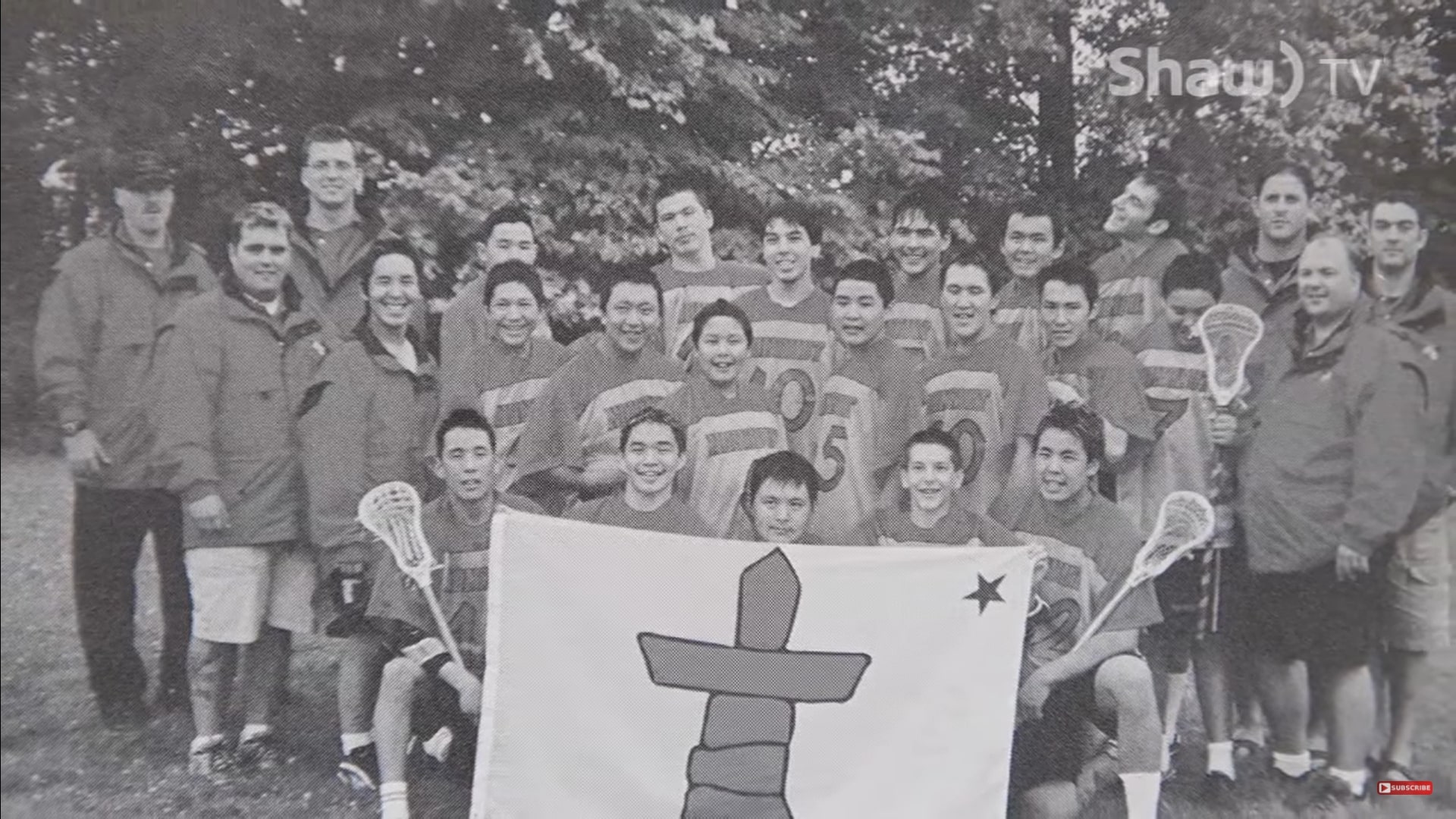
It all started with the town community discovering an affinity for lacrosse, particularly stemming from the perpetual desperation of the teens. The connecting bridge turned out to be a teacher, Russ Sheppard, who gave them lessons on the sport for a period of seven years (1998-2005). This gradually helped them regain their lost purpose.
Before long, the suicide rate plummeted to zero. The despair of the Inuit community in Kugluktuk then successfully solidified into a story of transformation and hope. ‘The Grizzlies’ is a narrative that justifies the poignancy of their journey from the freezing white expanse of the Arctic to the Toronto-based National Lacrosse Championships.
How Were the Grizzlies Noticed?
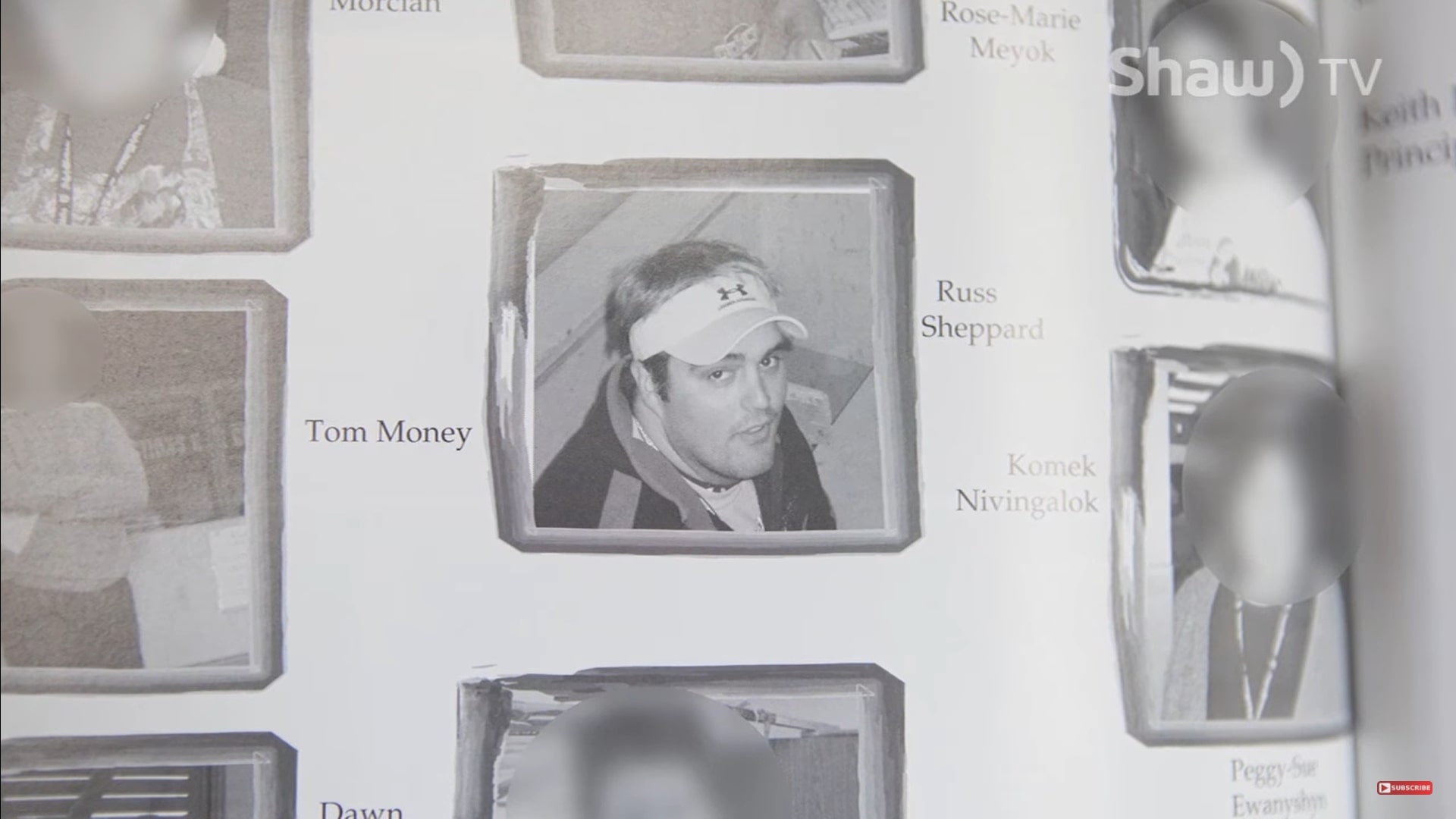
Sixteen years ago, ESPN managed to run a brief segment featuring the Grizzlies on SportsCenter, which caught the attention of Jake Steinfeld, founder of Major League Lacrosse. He was so touched by the tale that he decided to get in touch with the teacher, the ripple that caused the wave. The original Grizzlies later assembled at a lacrosse event in Denver at Steinfeld’s request. This led to another one as he worded his desire to present their story across a bigger lens to a bigger audience. The legendary Frank Marshall was assigned as executive producer, and Miranda de Pencier as director.
How Accurate is the Movie?
Miranda de Pencier confirmed the existence of a real character behind almost every important role and incident filling up the movie. There is a character struggling against a terrifyingly inhuman father, a young woman subjected to relationship abuse, and a teen who is compelled to hunt for scraps of food to support his helpless and hungry young brother. Russ Sheppard is played by Ben Schnetzer, who is known for his ability to inhabit the essence of every character he takes up fully.
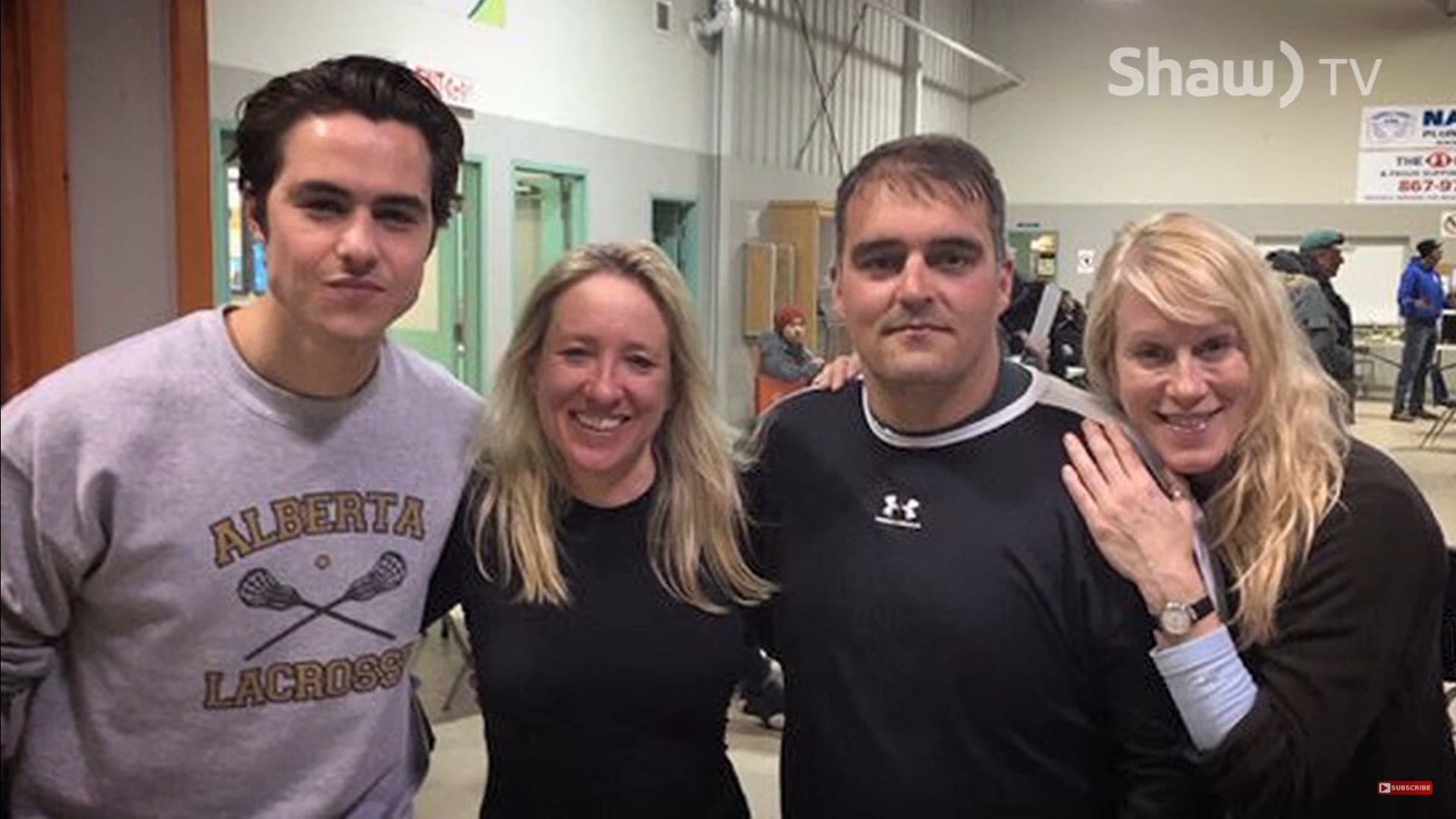
One of the producers, Stacey Aglok MacDonald, is also from Kugluktuk and was a high school student there when suicide rates were skyrocketing. She later became a substitute teacher when the team was fully operational and positively acknowledged the unexpected turn of tables.
“They were only two or three years in, but they had already established themselves as an organization, and the students were already very actively involved in the running of the program. So it was such a huge thing to leave home after graduating in 2000 and then coming back three years later and seeing that huge shift,” Aglok MacDonald conveyed her opinion to CBC Radio following her return.
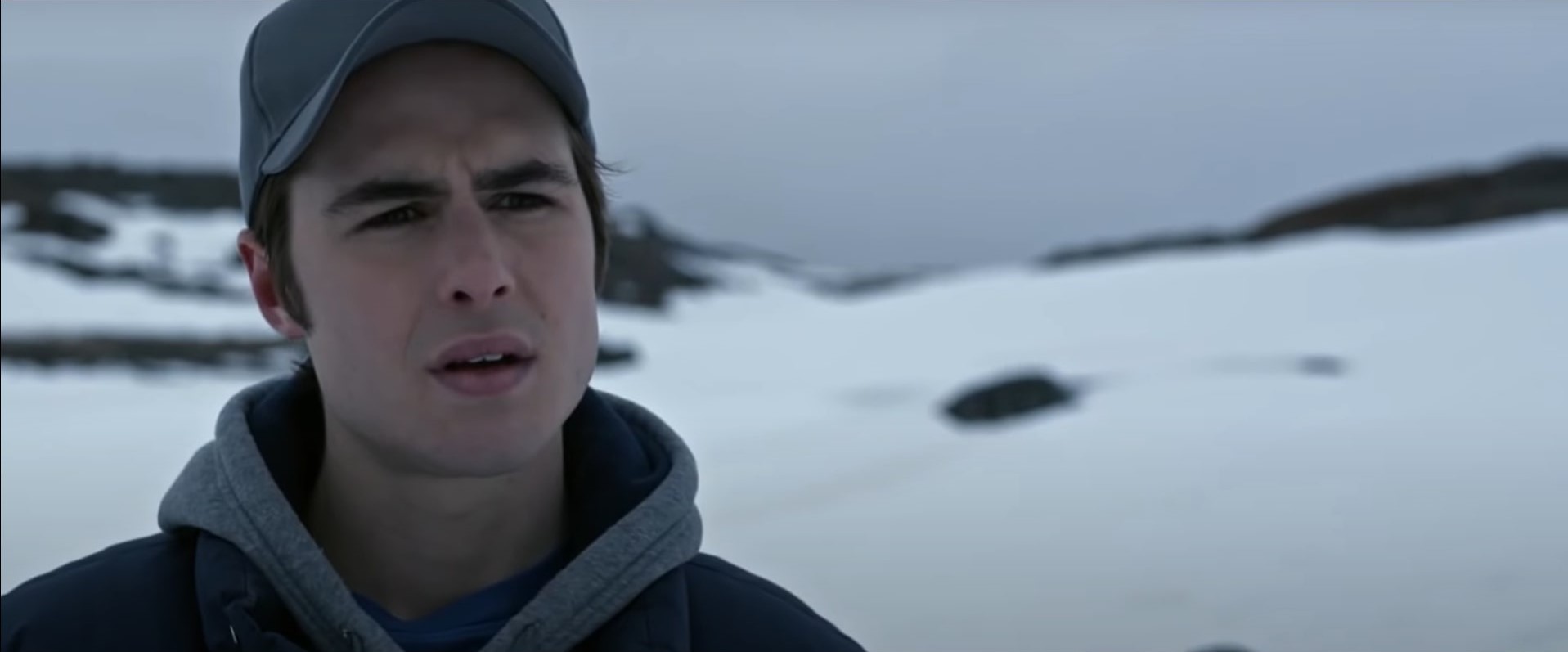
Most scenes in the movie were shot in Niaqunnguut and Iqaluit, picturesque places in the Arctic itself. According to de Pencier, the entire process was difficult on every level imaginable, but the creators insisted on bringing out a wholesome Indigenous experience. Inuit artists Tanya Tagaq, The Jerry Cans, and Silla + Rise were allotted to the movie’s soundtrack.
There was also a paid mentorship program for the active collaboration of talented actors, musicians, and other creatively gifted Indigenous people. Eventually, the percentage of Inuit and indigenous people rounded up to ninety-one percent of the cast and thirty-three percent of the crew.
Read More: Where to Stream The Grizzlies?

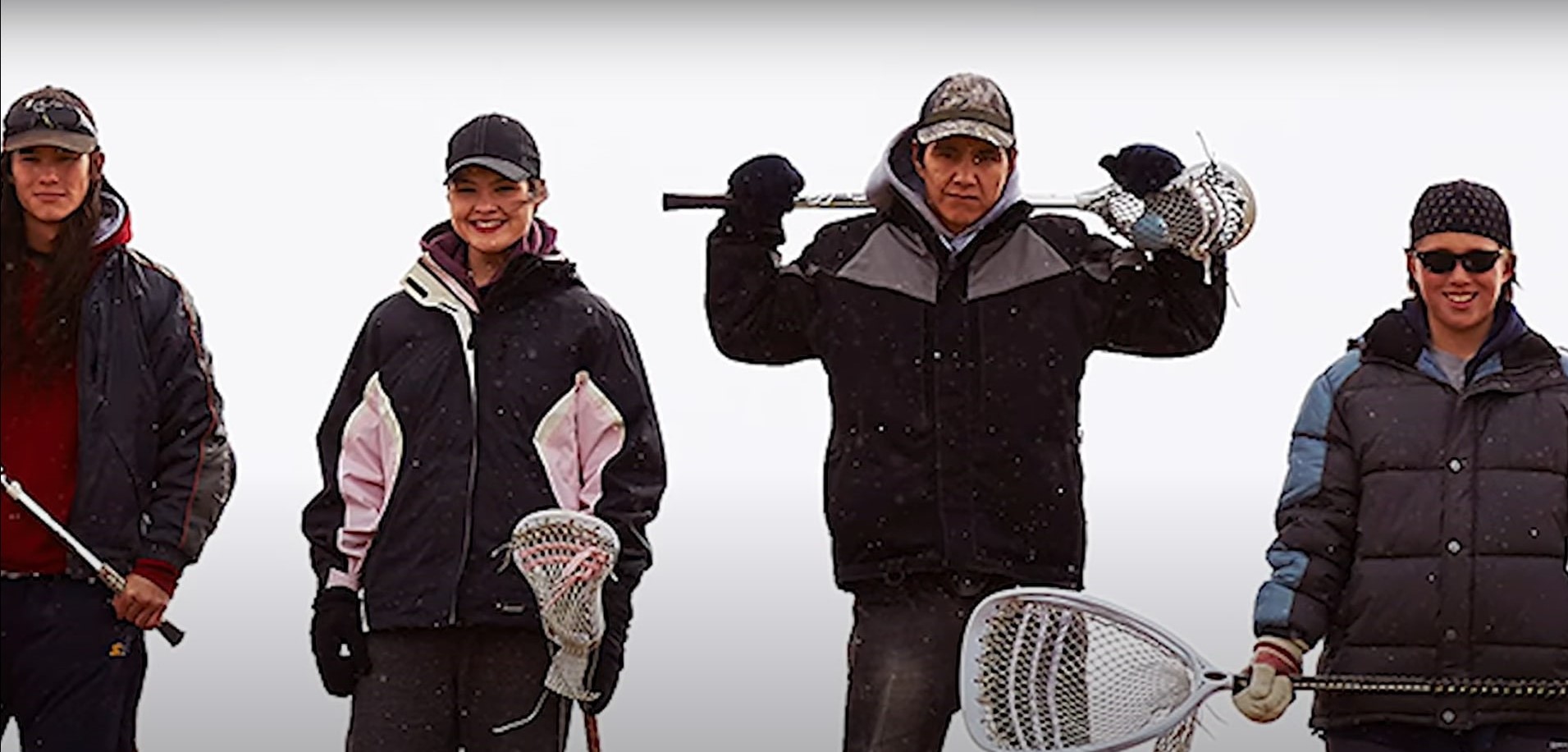
You must be logged in to post a comment.